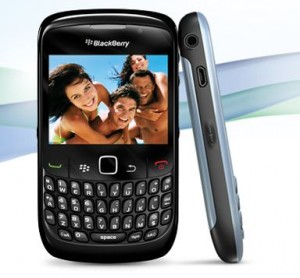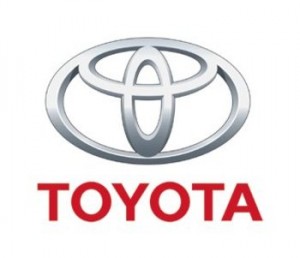Yesterday, my mother exposed me to a website called Groupon. Initially, I was skeptical because it was a “one deal a day” website where one type of product or service was advertised at a “special price” for a span of 24 hours. How it works is that if you like the good or service being promoted, you make an online purchase for the coupon (before the 24 hours expire) and then use it after at the location. Apparently, this concept was launched in 2004 and there are currently more than 100 one-deal-a-day websites.
This is a form of Management of Information Systems (MIS) that can greatly benefit both producers and consumers. Companies are applying their business through forms of technology – the computer and Internet. In this way, they are using digitization to generate more awareness of their products and/or services, thus potentially generating more foot traffic into their stores.
My mother makes purchases on this site fairly often. I myself have made a purchase – a $30 meal at Hapa Izakaya for the price of $15. Not only do these promotions benefit customers, but they also promote and advertise for the companies that participate. What a unique way to apply MIS!





